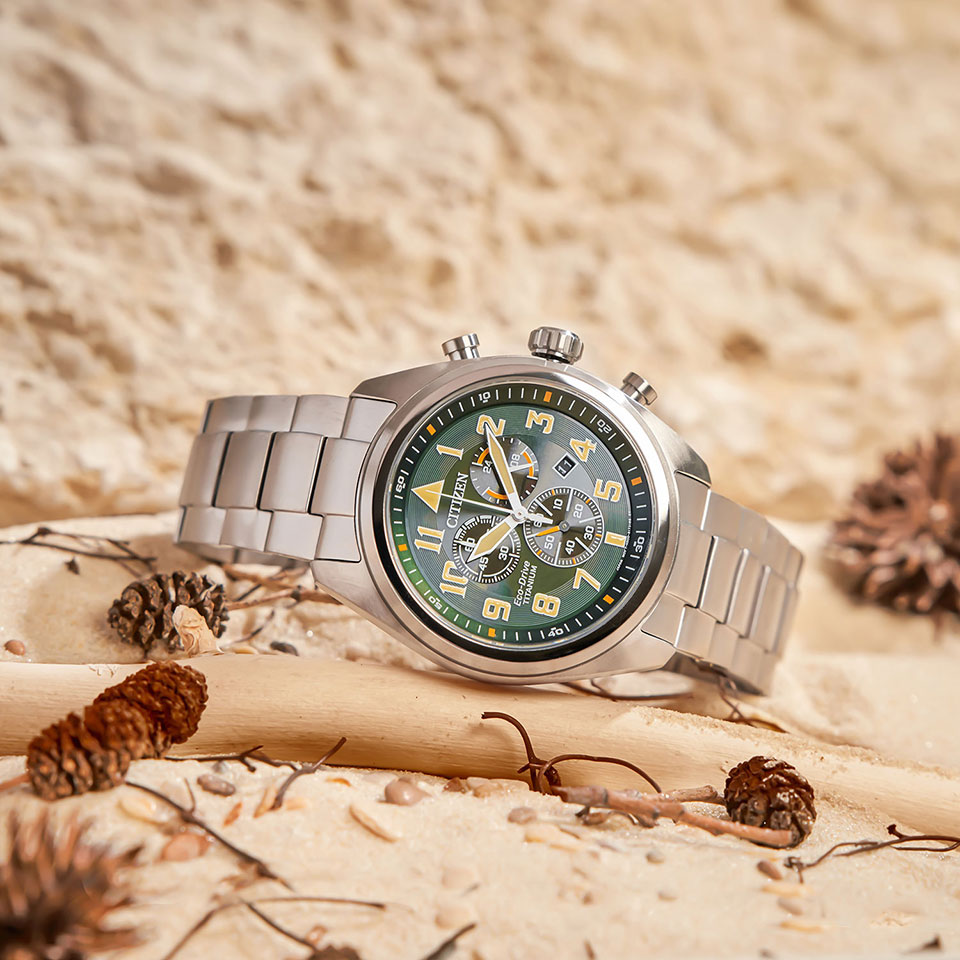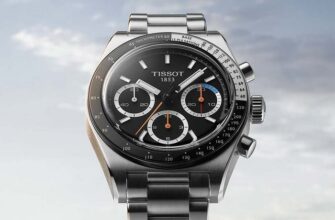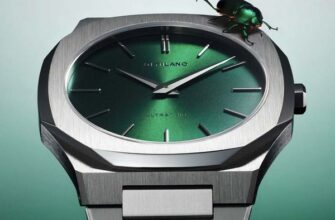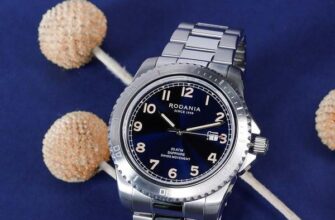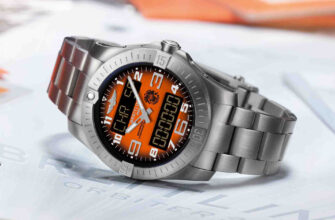No it is not true. It is difficult to scratch a sapphire crystal, but it is possible. To be more precise, it is not even particularly difficult.
But first, let us remind you that there are three main types of watch glasses:
- plastic (acrylic);
- mineral;
- sapphire.
Acrylic glasses are the most economical in production, they practically do not break, but scratches, including in the form of the smallest mesh of abrasions, appear on them very easily. Mineral glasses are harder and harder to scratch, but not a problem either: accidental contact with metal (a kitchen knife, for example, or a screwdriver). Some watch companies use special types of mineral glass processing - sapphire spraying or special hardening. This increases the hardness, but still not to the level of sapphire, which is deservedly considered the king of hardness among watch glasses.
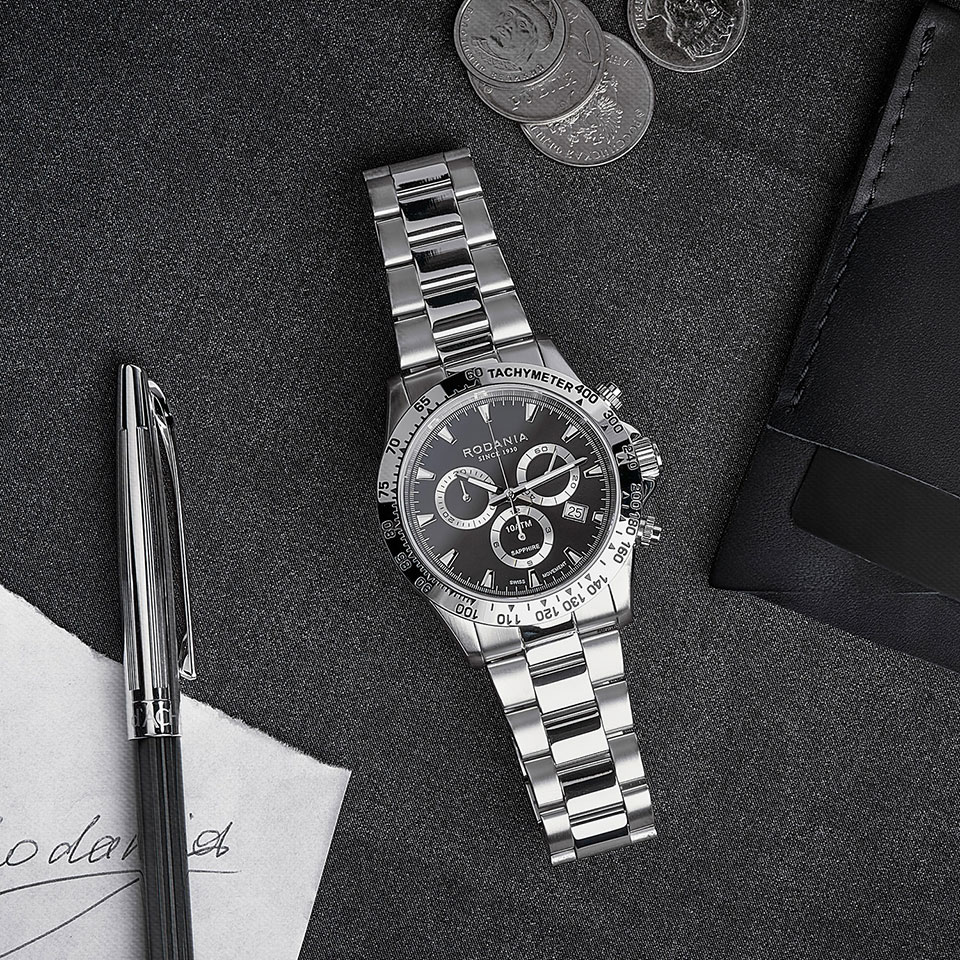
Sapphire crystal is the most expensive of all. From a physicochemical point of view, it is a single crystal obtained by melting aluminum oxide (Al2O3) in the flame of a hydrogen-oxygen burner and subsequent precipitation of droplets upon cooling. These synthetic sapphires are cut into thin sheets - blanks, from which glasses are then made for watches and other devices. In terms of hardness, sapphire is second only to diamond (9 on the Mohs scale against 10), and therefore it is cut with a diamond tool.

So we come to the first part of the answer to the question of how to scratch a sapphire crystal. Diamond, that's how! Don't you have diamonds? It's a shame ... but perhaps you have a tool with a diamond grit cutting edge. For example, a disc for an angle grinder, colloquially referred to as a grinder. Advice: do not use a grinder in a watch with a sapphire crystal! Protect not only your eyes (goggles are required), hands (do not forget about gloves) and other parts of the body, but also your watch!
The second part of the answer is due to the fact that sapphire crystal is extremely transparent (sometimes it seems as if it is not there at all) and tends to glare. And to prevent glare, a special coating is applied to the glass (sometimes in several layers) - for example, aluminum oxide in combination with magnesium fluoride and hafnium dioxide. It is condensed onto the surface to be treated in a vacuum chamber, resulting in the thinnest film (tenths of a micron), which reduces light reflection and increases the contrast of the image.
Often, both sides of the glass are coated with an anti-reflective compound. Well, the inner side is not of interest to us now, but the outer side is quite possible to scratch it. Which, however, is not very scary: in good workshops they know how to apply an anti-reflective coating again. Of course, it's not cheap, but it's worth it.
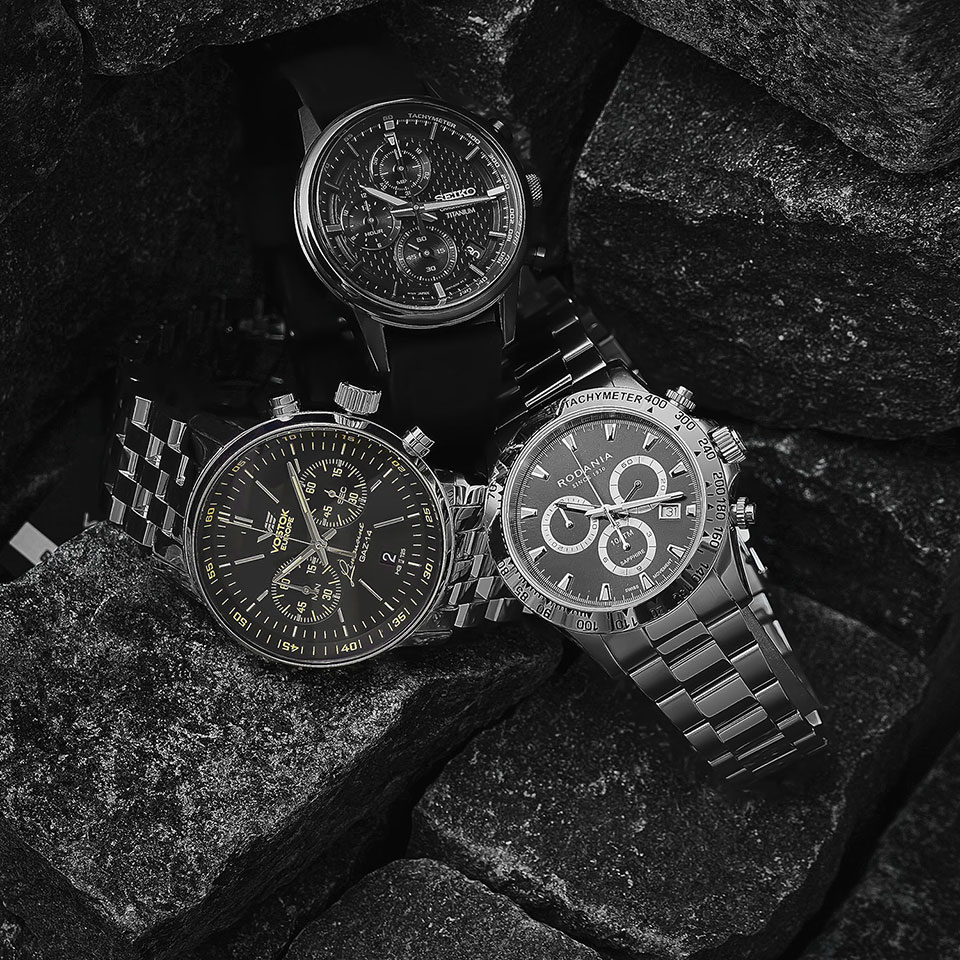
Finally, let us note the disadvantage of sapphire glass, which is the flip side of its main advantage. Maximum hardness is inevitably accompanied by maximum fragility. That is, if cheap acrylic glass is easily scratched and hard to break, then expensive sapphire glass - on the contrary: it is difficult to scratch, but it is easy to break. So, in any case, take care of yourself and your watch, too, with sapphire crystals.
